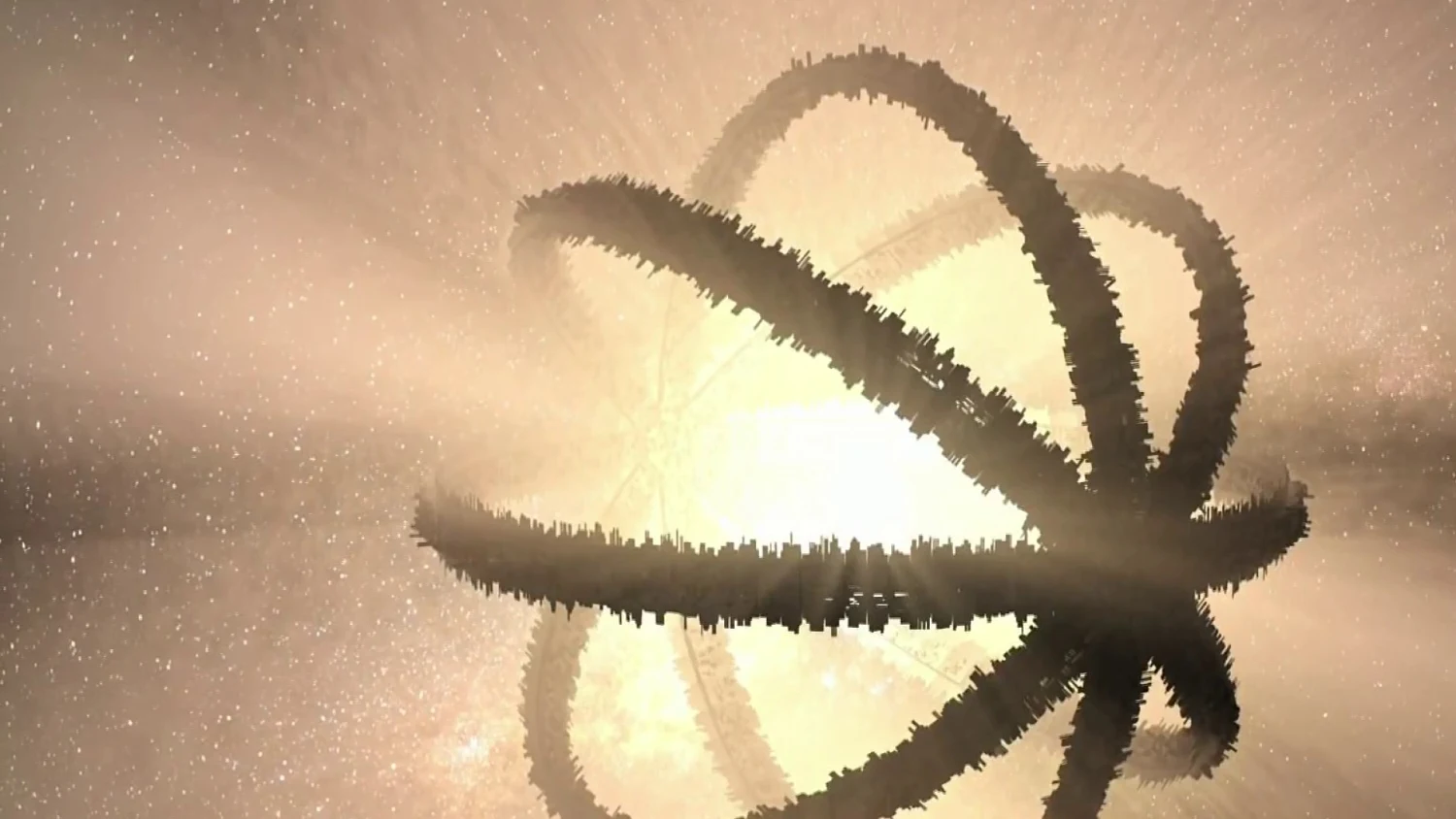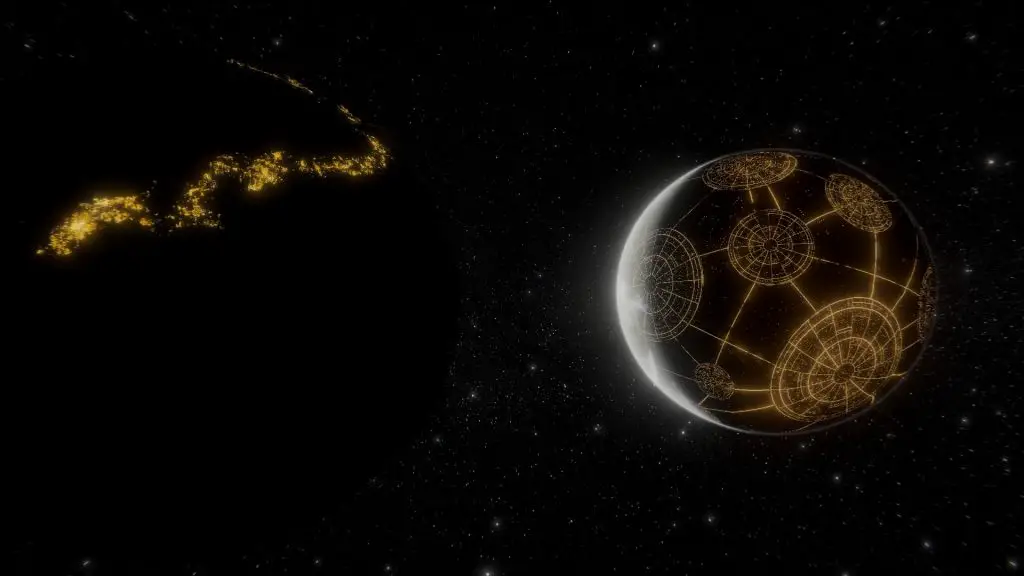Key takeaways:
- Researchers analyzed data from 260,000 stars in the Milky Way to search for Dyson Spheres.
- Dyson Spheres, first theorized in 1960, could help advanced civilizations harness vast star energy.
- Less than 1 in 1,000 stars analyzed could potentially host Dyson Spheres with minimal coverage.
- This research highlights how rare such alien megastructures might be within our galaxy.
- Further analysis with new data will help distinguish between possible Dyson Spheres and natural phenomena.
__________
Less than 1 in 1,000 stars could host a Dyson Sphere, study of 260,000 stars shows.

A team of researchers has recently analyzed 260,000 stars in the Milky Way to explore the possibility of finding Dyson Spheres—hypothetical structures built by advanced civilizations to harness energy from their stars. Their findings, published on the arXiv preprint server, are based on observations from the Gaia Observatory and the AllWISE infrared survey, providing valuable insights into how rare these alien megastructures might be.
What is a Dyson Sphere?
First proposed by physicist Freeman Dyson in 1960, a Dyson Sphere is a theoretical megastructure designed to surround a star and capture its energy output. Dyson suggested that an advanced extraterrestrial civilization would require enormous amounts of energy to fuel its development and might build such a structure to meet its needs. While Earth receives only a tiny fraction of the Sun’s energy, a Dyson Sphere could capture much more, significantly increasing the energy available for a civilization’s use.
Dyson also recommended that the search for extraterrestrial intelligence (SETI) should include infrared radiation, which could indicate the presence of a Dyson Sphere. This is because a megastructure absorbing a star’s energy would emit infrared radiation as a byproduct.

Estimating the Rarity of Dyson Spheres
In the recent study, lead researcher Macy Huston and her team used data from the Gaia Observatory and AllWISE to search for signs of Dyson Spheres. They analyzed the brightness, temperature, and luminosity of the stars to identify any that could be compatible with the characteristics of a Dyson Sphere.
The team modeled Dyson Spheres with a temperature of around 300 Kelvin, estimating how much of a star’s surface they would cover (from 10% to 90%). By comparing these models to real-world star data, they determined how many stars could theoretically support such a structure.
Their results showed that less than one out of every 1,000 stars could support a Dyson Sphere with 10% coverage, less than one in 10,000 for 50% coverage, and fewer than one in 100,000 for 90% coverage. However, Huston cautioned that these are only upper limits, meaning some of the observed stars might have natural causes for their infrared excess that mimic the effects of a Dyson Sphere.
Next Steps in the Search
With the initial analysis complete, the team plans to further investigate the stars that may host Dyson Spheres. By analyzing the full spectral data of these stars, they hope to rule out natural phenomena, such as dusty objects, that could be mistaken for megastructures. They are eagerly awaiting new data from the Gaia mission, expected this summer, which will provide additional information to help refine their search.
The study represents an important step in the ongoing search for extraterrestrial intelligence, offering a glimpse into how rare Dyson Spheres—and potentially alien civilizations—might be in the Milky Way.

